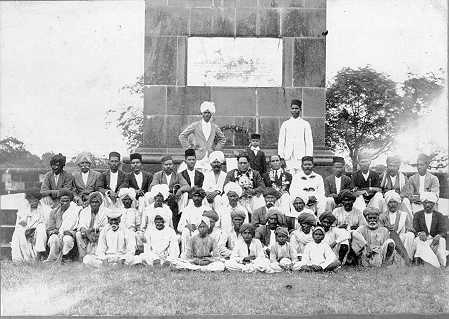
Editorials on Bhima Koregaon – Distorting the Realities
On 8th January 2018, two leading dailies Indian Express (henceforth Express) and the Times of India (henceforth Times) carried main editorials on Bhima Koregaon. They have come up with different analysis of what happened in Bhima Koregaon, but the way the issue of discussed not only in the Indian press but also in the international press is remarkable.
The two Deshpandes who wrote the editorials for the Express and for the Times is an indicator of how the issues of a community are hijacked by people whose interests can be elsewhere. In all the cases, the editorials have been written by the upper caste academicians giving their own individualised versions of their academic bent. One editorial poses tripartite fight between the Buddhists (the erstwhile Mahars), the Hindutva Brigade (the Brahmins), and the Marathas. Another one focuses on how Marathas are polarised against the Dalits. Both the editorials have lost the sense of realities on the ground.
The heart of Bhima Koregaon controversy is clear. The 500 army dominated by the Mahars ended the casteist regime of Brahmins whose army numbered 28,000. This is the simple story. The Mahars fought hard because their self-respect was at the stake. Now after 200 years, the Brahmins through their Hindutva organisations wanted to create the polarity between the Buddhists and the “Marathas” instigated by Brahmins like Manohar Bhide and Milind Ekbote. This simple fact is twisted by the media.
If this simple fact is highlighted, the Marathas who are so much hated by the Brahmins would easily side with their brothers and sisters from the so-called Dalit communities. In fact, many organisations of the OBCs have come in the open support of the Buddhists and thus they averted the full scale of violence that would have taken place as the orthodox Brahmins expected. That it did not happen shows that there is a growing awakening among the lower castes in India.
The event also led to the all India mobilisation of the Dalits. It is not just limited to Maharashtra, but also the diaspora is making its voice heard in different countries. This is an indication of the things to come that the Brahmins cannot play the game of setting one community against others. They thought that the Dalits would be isolated, on the contrary, the Dalits have developed strength after strength.
Author – Mangesh Dahiwale, Human Rights Activist



+ There are no comments
Add yours